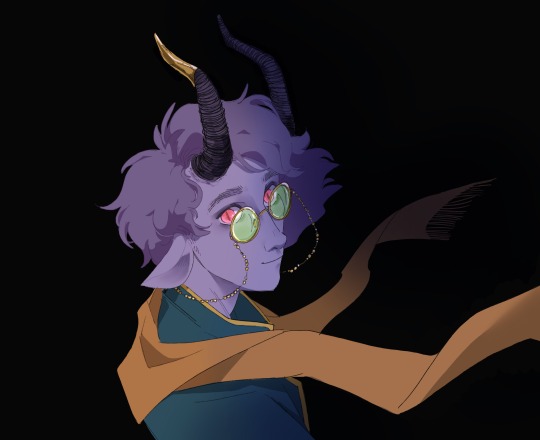Text
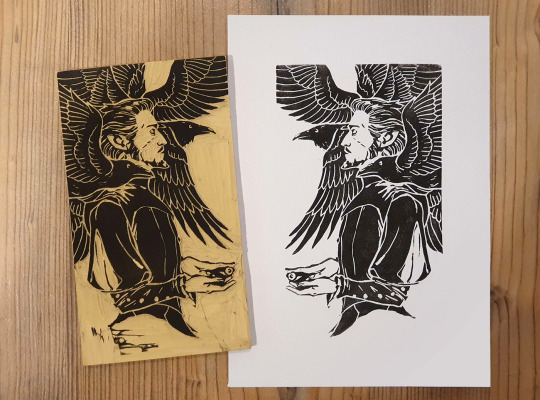

Back to linocut with some raven themed divination magic.
916 notes
·
View notes
Text

This was a fun bit of something different. Don't you listen to those Baldurians; Waterdeep is where it's at. 🌙🧙♀️
858 notes
·
View notes
Text

there’s something odd about the Tinselfoots’ new goat…
263 notes
·
View notes
Text

they’re lost, somewhere between longsaddle and luskan. luckily one of them makes a great space heater.
102 notes
·
View notes
Note
this is a deep cut that i dont even know if its canon anymore but arthur + 1 + elna? little gremlin needs some love too! 😭

only ogs know elna briefly had a husband named arthur fleetfoot 🫡
19 notes
·
View notes
Text
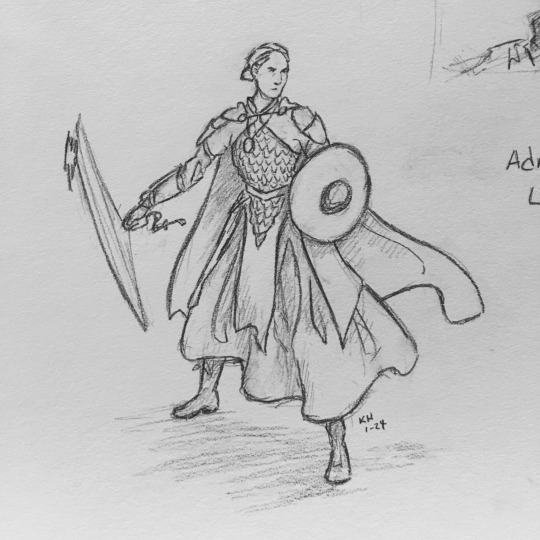

Quick character design for an old friend of Baines’ that’s in a “found family” AU we’re running. She’s the party mom, of course.
#dnd#dnd art#dnd character#baines and eva#her casting focus is a whistle on a string that hums when she spins it#like nausicaa from Ghibli lol#anyways one of the cleverer focuses I’ve seen so it deserved a shout out
1 note
·
View note
Text


Coupley doodles. If your s/o is roundly proportioned, you’re more or less required to play “Guava Jelly” by the Ka’au Crater Boys and follow the instructions therein.
0 notes
Text

Ismark and Ireena, NPCs from Curse of Strahd. Things have come full circle; after finishing the campaign 2 years ago I am now DMing it for my partner and friends, and it's been a blast to return to Barovia in the pilot seat >:)
478 notes
·
View notes
Text
Okay so puzzles and riddles are not my forte (I lack brain cells), but I do have a lot of experience with low-level single session games and a fair bit with GMing new players as well, so here are some things that you might find helpful.
For new players, consider the following:
Keep it rules light at first. Dnd has a massive ruleset, but you can get by on the core rules (basically just what's on the character sheet) and then explaining more specific rules only if they come up.
Consider using the "Sidekick" character classes from Tasha's Cauldron of Everything instead of a full character class for new players, since they are pretty well balanced and a few meaningful choices but way simpler than playing a regular class. Basically, it takes a low CR stat block and gives it extra features. Super nice for beginners.
I recommend starting at 2nd or 3rd level, as this differentiates characters, and means they're less likely to die if something sneezes on them.
Reward creative thinking over rules; use the rule of cool freely and often. At it's core, playing dnd is about deciding what your character is going to do, and either expending a resource (HP, spell slots, etc.), or rolling some dice to achieve it (usually both). If a player does one of those, reward it with story progression, even if it was a different solution or method than you originally envisioned.
For running single-session/one-shots, I learned a lot from this blog post by the Angry GM. Absolute masterclass. But here are some quick highlights:
No dangling plot threads or red herrings. Chekov’s gun rules. If something is introduced it must be used or wrapped up by the end.
Adventure includes a Conflict/Motivation and a Resolution. The players MUST see the resolution in order for the game to feel worthwhile.
Keep exposition and roleplay to a minimum. If something isn’t important (like walking down a road), summarize it and get on. Cut to the action, always be playing the game.
Keep things as generic and setting androgynous as possible. Not only will this make it more accessible but it cuts down on unneeded worldbuilding intermissions.
The plot hook should be as clear and abbreviated as possible. Consider even giving the characters a brief exposition, where they have already accepted the quest, and start them at their first encounter.
Ideally, the various encounters in a game shouldn’t be all the same type. Combat, puzzle, social, etc. Having at least two different types keeps the game fresh and interesting.
If the game is single-session, make it time mutable. In other words, have a way to skip straight to the resolution.
The Angry GM describes, “I find that, in modern editions of D&D and Pathfinder, I can safely assume that a combat takes about an hour, a non-combat obstacle or puzzle takes a half hour, and an interaction scene takes about fifteen minutes.” This is pretty solid, although again, “know your running habits.”
And these are just some personal rules for short games, where your mileage may vary:
Figure out what characters and classes are involved well before you actually play, and tailor the game to those, both in terms of story and mechanically. For example, probably don't have a problem that can only be solved with magic if everyone is playing fighters and rogues.
Consider having the game tie in the PCs and their backgrounds as a core element. Character development, however small, can still happen even for a character that'll be played for only a few hours and maybe never again.
Make the players feel cool! If a roll failed, a shot missed, etc., use it more to illustrate the difficulty of the situation rather than to highlight character failure. Maybe the shot missed because it skittered off the villain’s tough armor, or you failed stealth because the villain eerily seems to know where you are, even while being sneaky. Long adventures have time to balance cool stuff with silly errors, so unless you’ve got a comedy vibe going, err on the side of making the players look like cool heroes as often as possible.
Consider adding a simple twist or a tough choice point. The villain is a recognized figure or old friend. You came to rescue a girl from a hag coven, but it turns out the hags have other captives also, and it’ll be much harder to get them out too. Etcetera, you get the picture. Twists encourage roleplay and make it more engaging. At the same time, avoid an unnecessary rug-pull moments unless you feel pretty confident in your storytelling. It is just a one-shot, after all.
Finally, here are some quest types that make good short or single-session games:
Rescue someone
Kill something
Steal or retrieve something
Stop something from happening
Travel from point A to B (for any compelling, time sensitive reason)
Escort quest
Escape!
Anyways, not what you asked for but hopefully helpful! I know for me one-shot/single-session games took a lot of getting used to, since 5e really emphasizes long spanning narrative campaigns. But now they're my favorite kind of game to play with my fellow time-poor adults. Hope your session goes well. Cheers!
I'm preparing a level one DnD oneshot for a group of 3 players and two of them are COMPLETELY new to role playing games.
Quick, tell me some of your favorite little low level puzzles / riddles / encounters you've had in your game!! (suitable for beginners in a 1 or 2 session game. Setting is a small city and the bordering forest.)
22 notes
·
View notes
Text
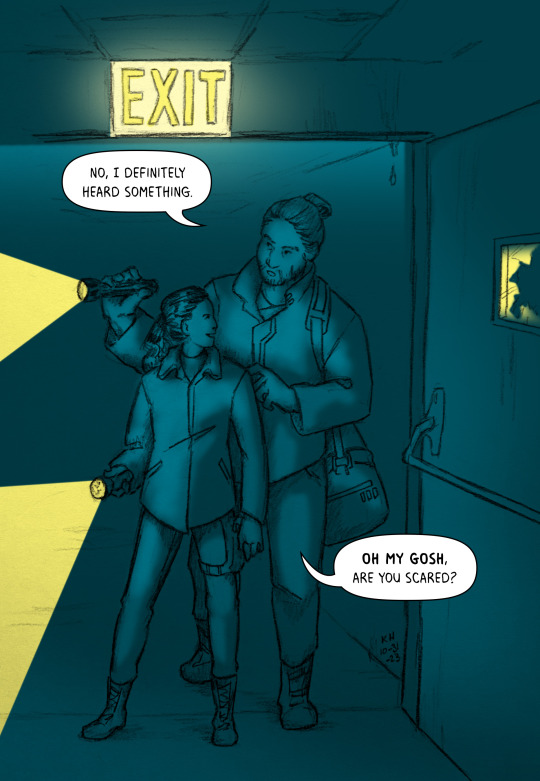
Izzy and Aki had this one mission chasing down some mercs in an abandoned hospital, and of course they had to go at night.
0 notes
Text

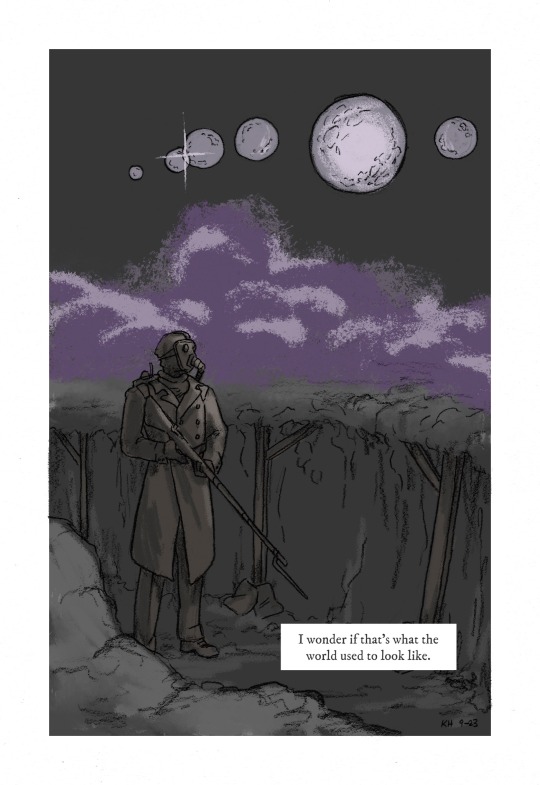
Eric’s Dream.
3 notes
·
View notes
Text


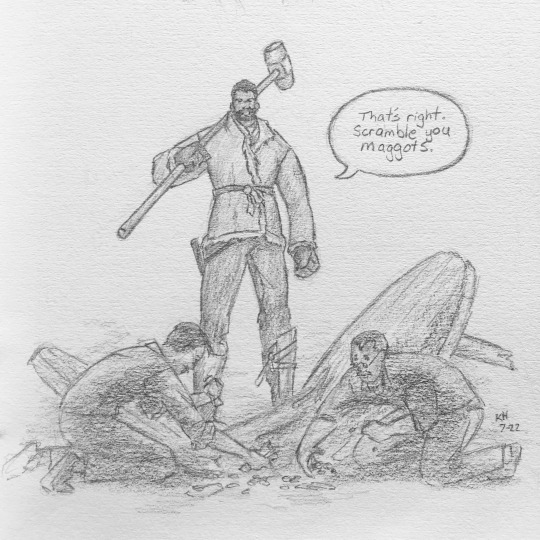

Gabe and Astrid, also from our campaign of Blades in the Dark.
0 notes
Text

Eric and Cate from a game of Blades in the Dark.
1 note
·
View note
Text


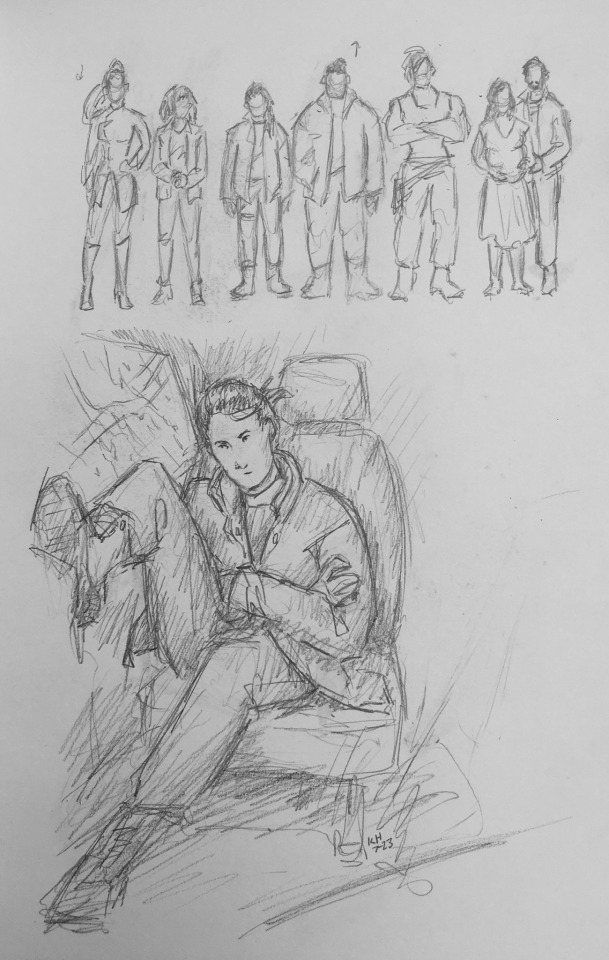

Assorted sketches from our Cyberpunk Red campaign.
1 note
·
View note
Text
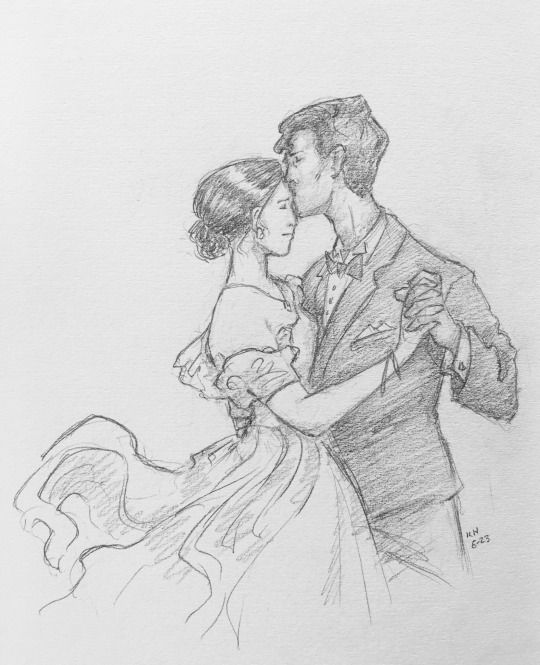
Lucas and Calidora.
1 note
·
View note
Text

They say it isn’t wise to get in the way of dragonslayers.
0 notes
